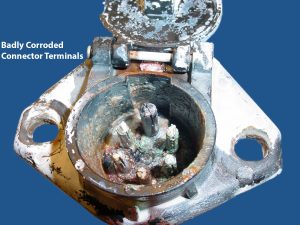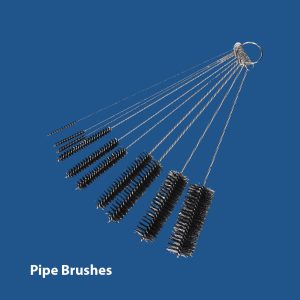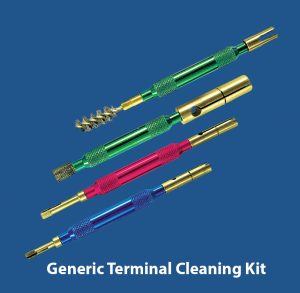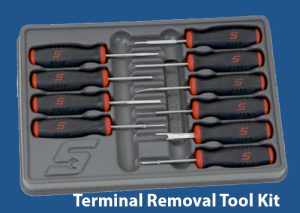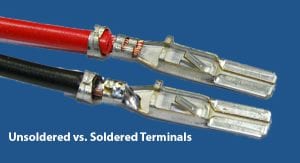Tips for “Old School” Electrical Connector Maintenance
With the end of summer, the beginning of the wet and cold seasons looms on the horizon. For those who service or operate older equipment without weatherproof electrical connectors, it means it’s time to ensure that all exposed electrical connections are in good shape, along with all the other winter maintenance checks for commercial trucks.
In most cases, this means physically disconnecting and visually inspecting all un-sealed connectors and looking for signs of corrosion. Corrosion will cause intermittent and/or inoperative electrical problems. These include, but are not limited to exterior lights, truck-to-trailer connectors, trailer anti-lock systems, and a multitude of other accessories.
Most seasoned technicians know exactly where to look for problem areas. Anywhere where water or moisture intrusion is possible is a likely place for corrosion to start. The main areas are near the wheels and between the tractor and the trailer and everywhere on the trailer.
Disconnect all connectors for inspection. You may find a PA (position assurance) clip keeping the connector from being opened. Remove this clip first, and then open the connector. Inspect for signs of corrosion like a green or white powdery film on the brass or copper terminals. See examples below.
In many cases, dielectric grease may have been used to help prevent corrosion from forming, but this does not insure success. Often, the corrosion was not properly cleaned prior to coating with dielectric grease, and now it’s all green. When corrosion is found, you will need to completely clean or replace both the terminal(s) and possibly the wire leading into it.
Where minor corrosion is found, there are several methods to clean the corrosion:
1.) Using a fixed terminal cleaning tool kit; there are many options on the market from various tool companies.
2.) Or a combination of using an appropriate wire brush, depending on the type of terminal, and an aerosol contact cleaner. See examples below.
Where corrosion is severe, you will want to remove the damaged terminals, clean and strip the wires and crimp and solder the new terminal onto the cleaned wire (see images below). The use of appropriate heat shrink tubing covering the crimped area will help deter any corrosion from returning.
Whenever practical you may want to upgrade the old design connectors to the newer weatherproof design to eliminate this reoccurring issue. You can find more details about electrical connector maintenance for all makes of Class 4-8 trucks in the TruckSeries truck repair software from Mitchell 1.



